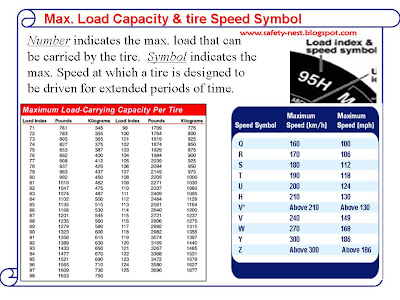 How easy we find it to push aside or to forget a close call incident. This is because of our ability to rationalize that nothing serious happened. But if we took the time and closely investigated each close call, we would find a message telling us there's much more to it.
How easy we find it to push aside or to forget a close call incident. This is because of our ability to rationalize that nothing serious happened. But if we took the time and closely investigated each close call, we would find a message telling us there's much more to it.For example, a young mother notices her toddler carrying a small object. When she stops the child to see what the object is, she finds it to be a bottle of prescription medicine. She quickly takes the bottle away and corrects the child on the potential dangers. She says to herself, "That sure was a close one," and then goes on with her day.
The mother failed to see the message. The problem wasn't only the wrong-doing by the child and the potential harm that could have occurred. The fact that the child was able to obtain the bottle in the first place which means the storage area may be in a location easily reached by the child must be considered.
Here's another example: An employee is working on a piece of moving equipment when he spots a flying object coming his way. He quickly moves out of its path. When the object comes to rest on the floor nearby, he notices it to be a piece of a drive belt from the main drive motor.
He checks the drive area and sees that one of the belts has become damaged and calls maintenance to replace it. They quickly do so and once again things are running.
The incident is quickly forgotten and, again, the message not received. If the employee took the time to investigate further, he would have questioned why the belt became damaged and why the belt wasn't guarded to prevent such an occurrence. Because there was no injury, it was quickly forgotten.
The point here is that all close calls are sending messages of potential danger and injury. All close calls need to be thoroughly investigated to understand what happened, why it happened and what needs to be done to prevent reoccurrence.










 This letter indicates a tire's ability to stop on wet pavement. A higher graded tire should allow you to stop your car on wet roads in a shorter distance than a tire with a lower grade. Traction is graded from highest to lowest as "AA","A", "B", and "C".
This letter indicates a tire's ability to stop on wet pavement. A higher graded tire should allow you to stop your car on wet roads in a shorter distance than a tire with a lower grade. Traction is graded from highest to lowest as "AA","A", "B", and "C". 


